Post-weaning multisystemic wasting disease (PWMS) or porcine circovirus disease (PCVD) is one of the most important diseases affecting pigs worldwide.
It became widespread in Europe and North America at the end of the 1990s.

In 1996, porcine circovirus type 2 (PCV2) was associated with this syndrome, but it was not until 2007 that the first commercial PCV2 vaccines became available.
The vaccine options on the market differ in vaccine design, which genotypes are included, the route of administration, and whether or not they are combined.
Design and genotypes included |
|
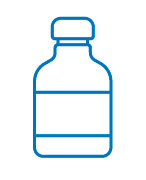 |
All PCV2 vaccines are inactivated. Some vaccines on the market contain the entire inactivated virus, while others contain an antigenic subunit. Other vaccines use recombinant DNA technology to produce PCV2-specific antigens. Most vaccines contain only the PCV2a genotype, but there are also vaccines that contain PCV2a and PCV2b. |
Protection |
|
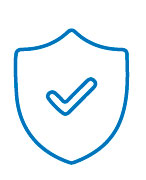 |
PCV2 vaccines do not prevent infection but are useful in significantly reducing the effects of the disease. Therefore, data sheets include indications such as “for the active immunization of pigs to reduce the virus load in blood and lymphoid tissues and to reduce weight loss associated with PCV2 infection occurring during the fattening period” or “active immunization of piglets to reduce fecal excretion of PCV2 and virus load in blood, and as an aid to reduce PCV2-linked clinical signs, including wasting, weight loss and mortality as well as to reduce virus load and lesions in lymphoid tissues associated with PCV2 infection.” |
Number of doses |
|
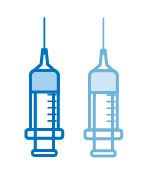 |
Vaccines for piglets are mostly single-dose, although some vaccines include an optional two-dose protocol in their data sheet. Vaccines specified for use in gilts and breeding sows will require a first dose followed by a second dose 3-4 weeks later. In the case of use in breeding sows, booster doses are required 2-4 weeks before farrowing. |
Combined vaccines |
|
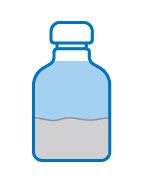 |
There is a wide variety of options on the market. On one hand, we have actual combined vaccines which include the PCV2 antigen and the antigen of another infectious agent, which in this case is always Mycoplasma hyopneumoniae, in the same presentation. On the other hand, we have vaccines which, although not combined, can be administered mixed with other vaccines using special devices indicated for this purpose. In other cases, indications are given on the possible simultaneous administration with other vaccines, although at two different administration sites. In these cases, the vaccine with which it can be mixed will depend on each commercial vaccine. Therefore it is essential to follow the indications on the technical data sheet both for the mixture or simultaneous administration and for the conservation of the mixed vaccine. These options always include vaccines for the prevention of enzootic pneumonia and sometimes for the prevention of PRRS or even ileitis caused by Lawsonia intracellularis. |
Route of administration |
|
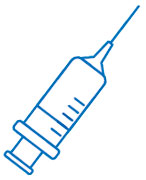 |
Most vaccines are administered via the traditional intramuscular route, with volumes of 0.5, 1, or 2 ml depending on the vaccine.  Intradermal vaccines are also available in the market, which are administered using devices developed for needle-free administration and use much smaller dose volumes (0.2 ml). |
Start and duration of immunity |
|
 |
There is little difference between vaccines in this aspect. Vaccination of piglets is recommended starting at two to three weeks of age. According to the data sheets, immunity is established two to three weeks after vaccination. Immunity lasts from 17 weeks to 22 or 23 weeks, which is what most data sheets indicate. |
Use in sows |
|
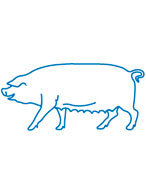 |
Looking at the technical data sheets, there are differences between the vaccines available on the market. There are vaccines specifically registered for use in gilts and breeding sows, others specify that they can be used in gestating and lactating sows, but in other cases, their use is not authorized in these animals. |
Today, vaccination against PCV2 is widespread. It can be confidently said that vaccines to prevent porcine circovirus disease have been a success story.
However, there are different options and it is important to know the differences between them to administer the option that best suits each case and the needs of each farm or production system.
333 Staff



